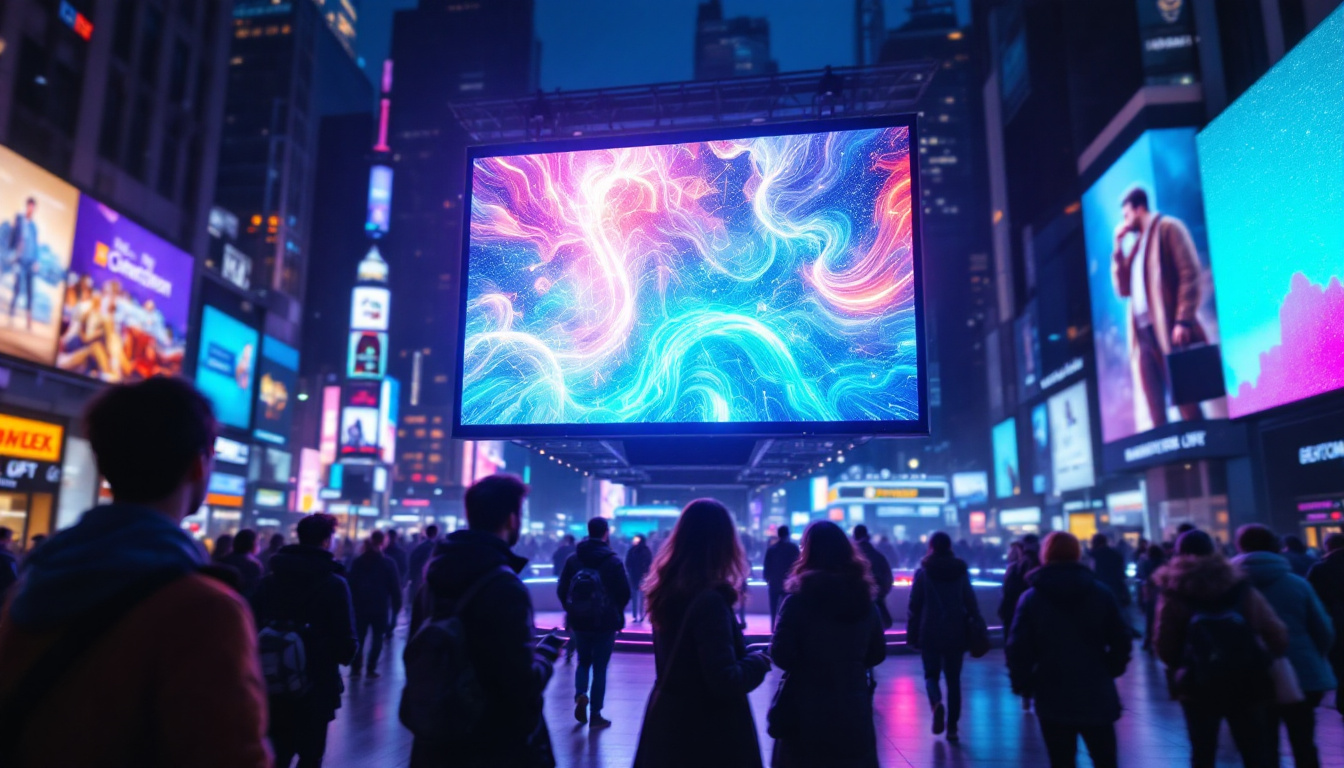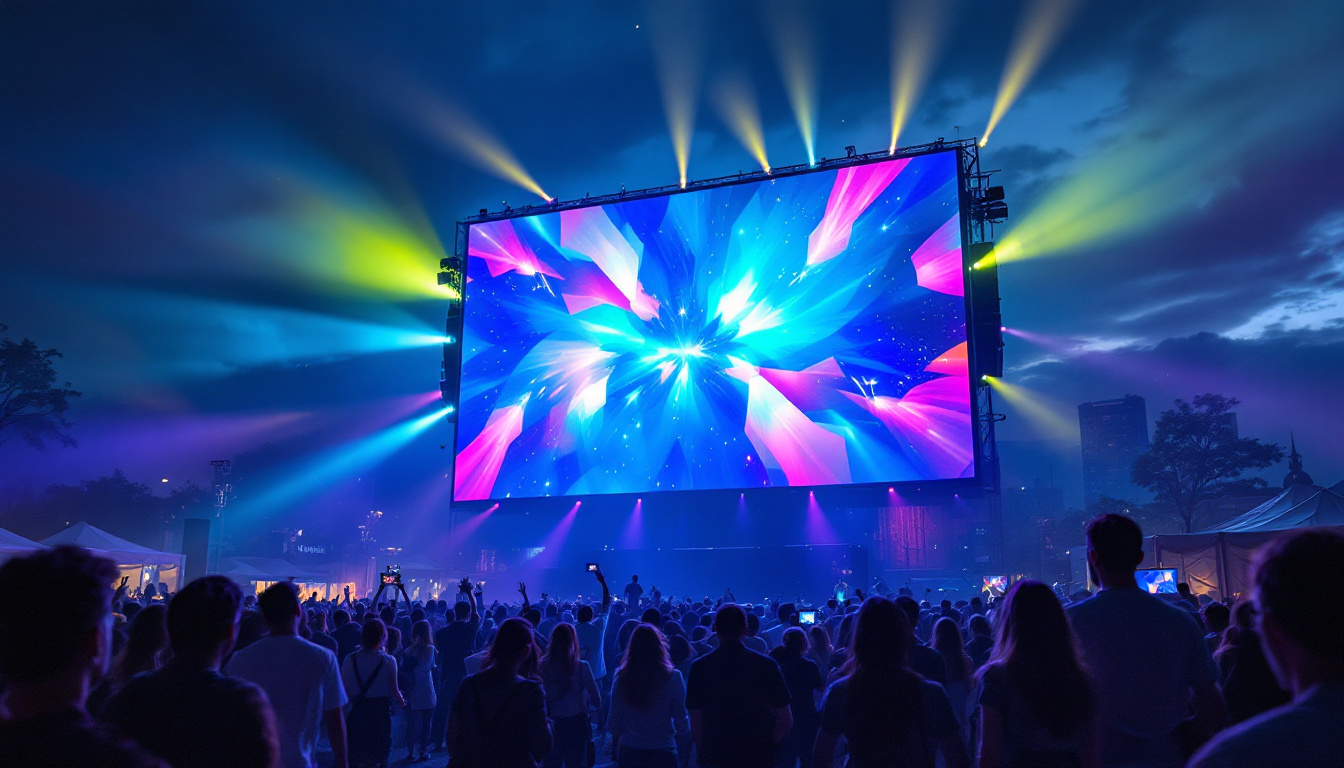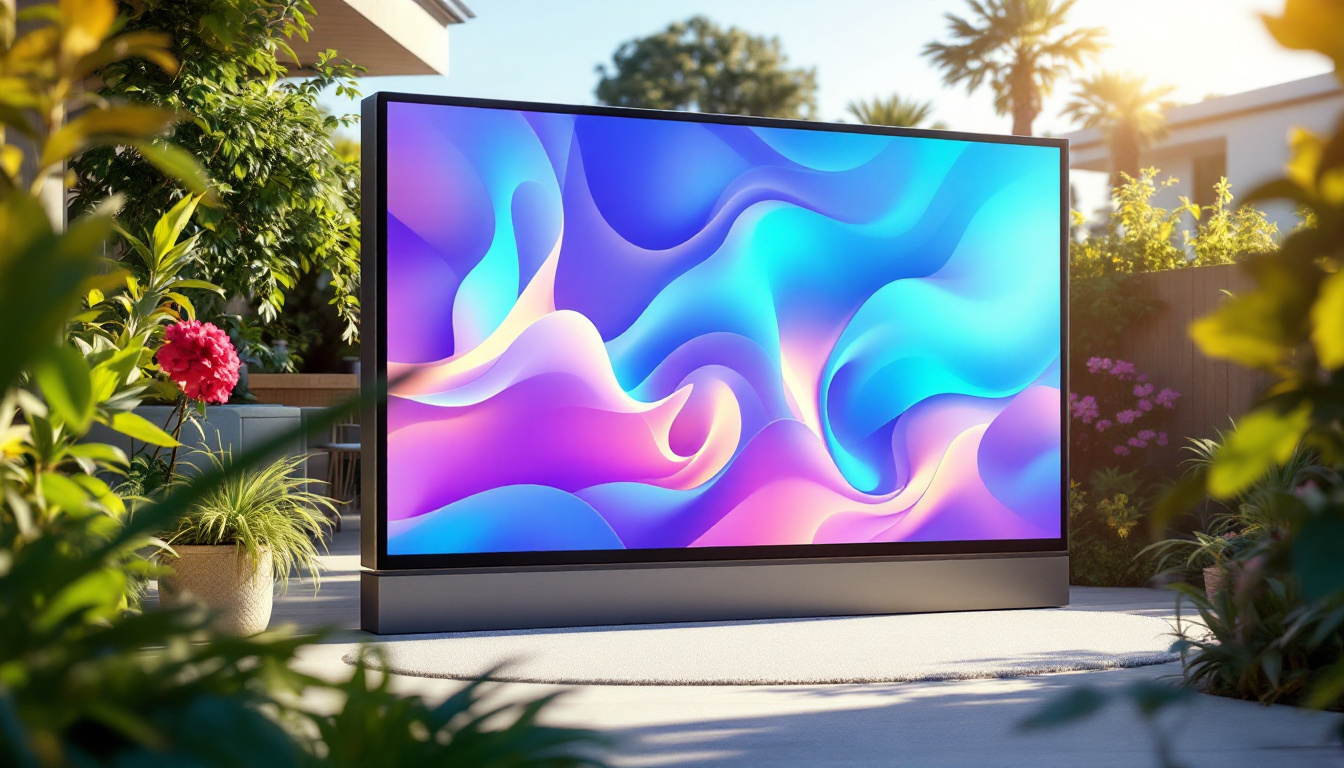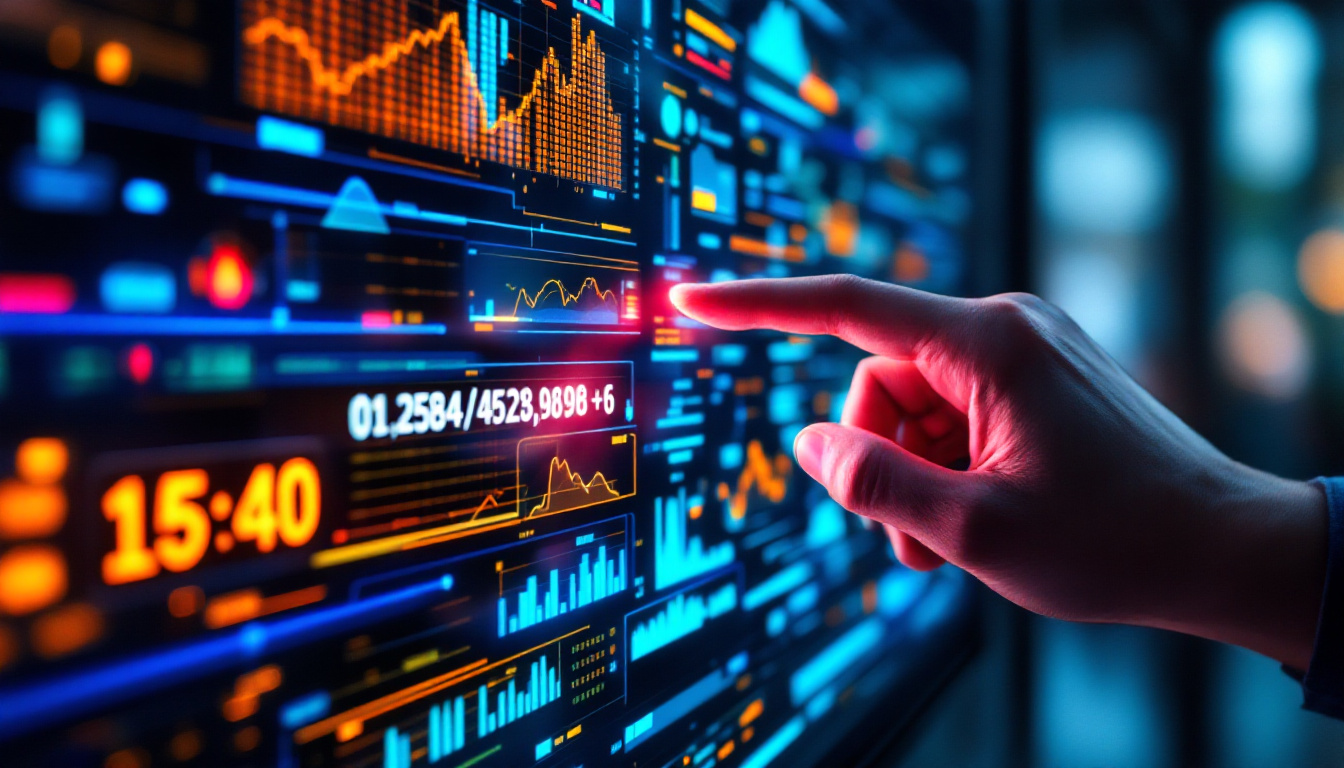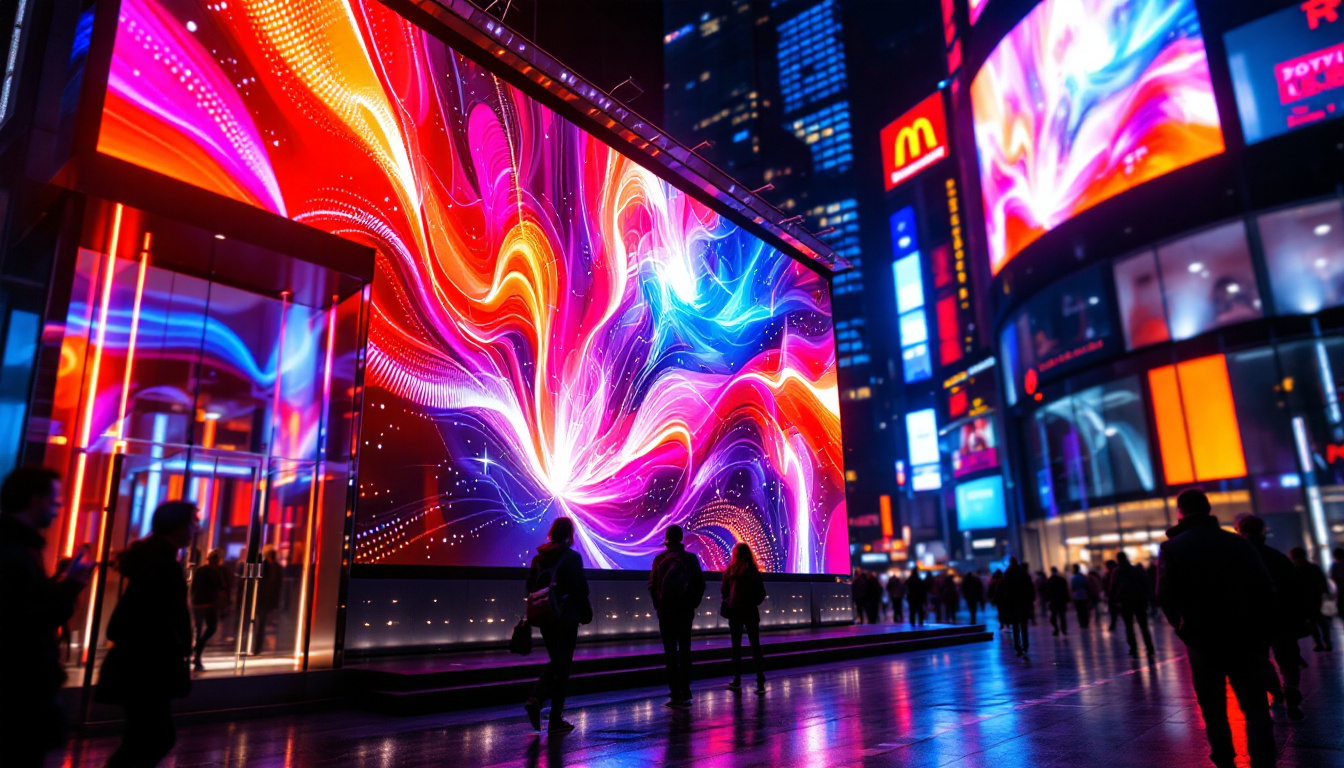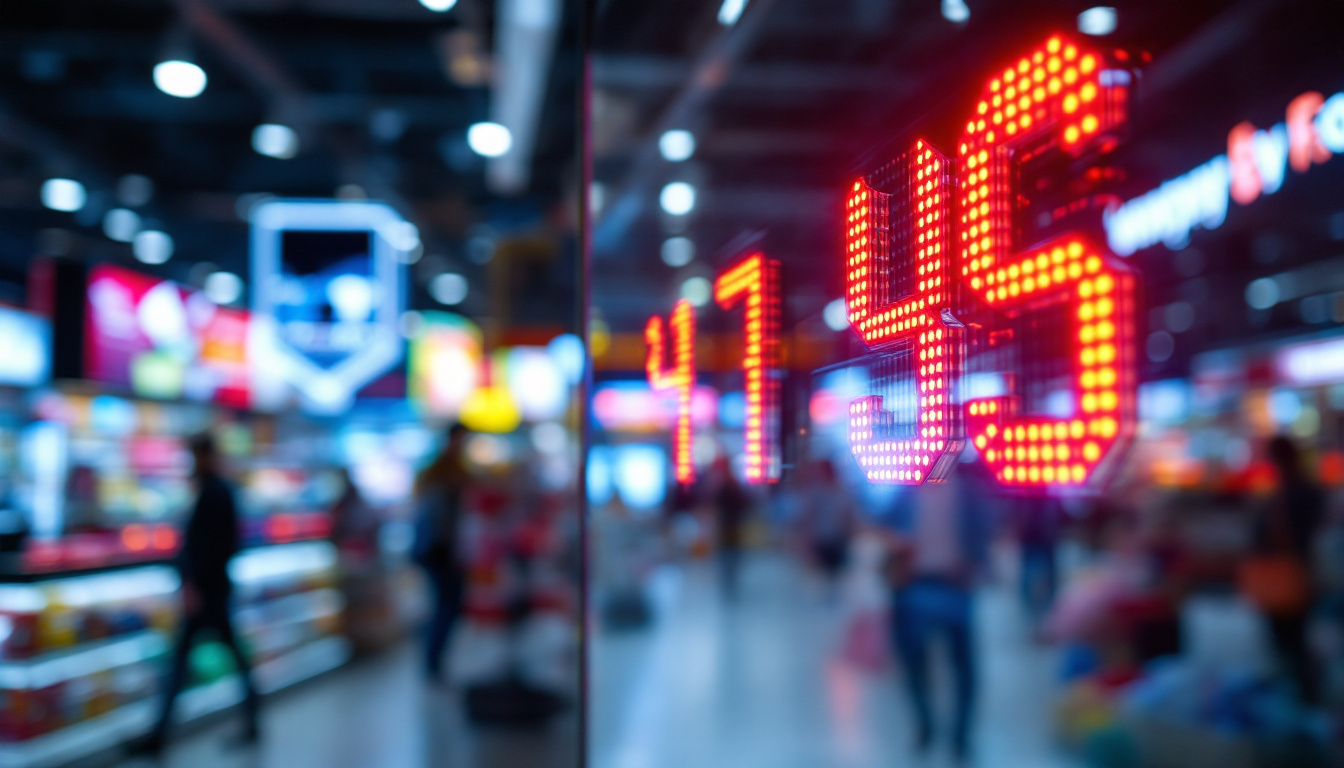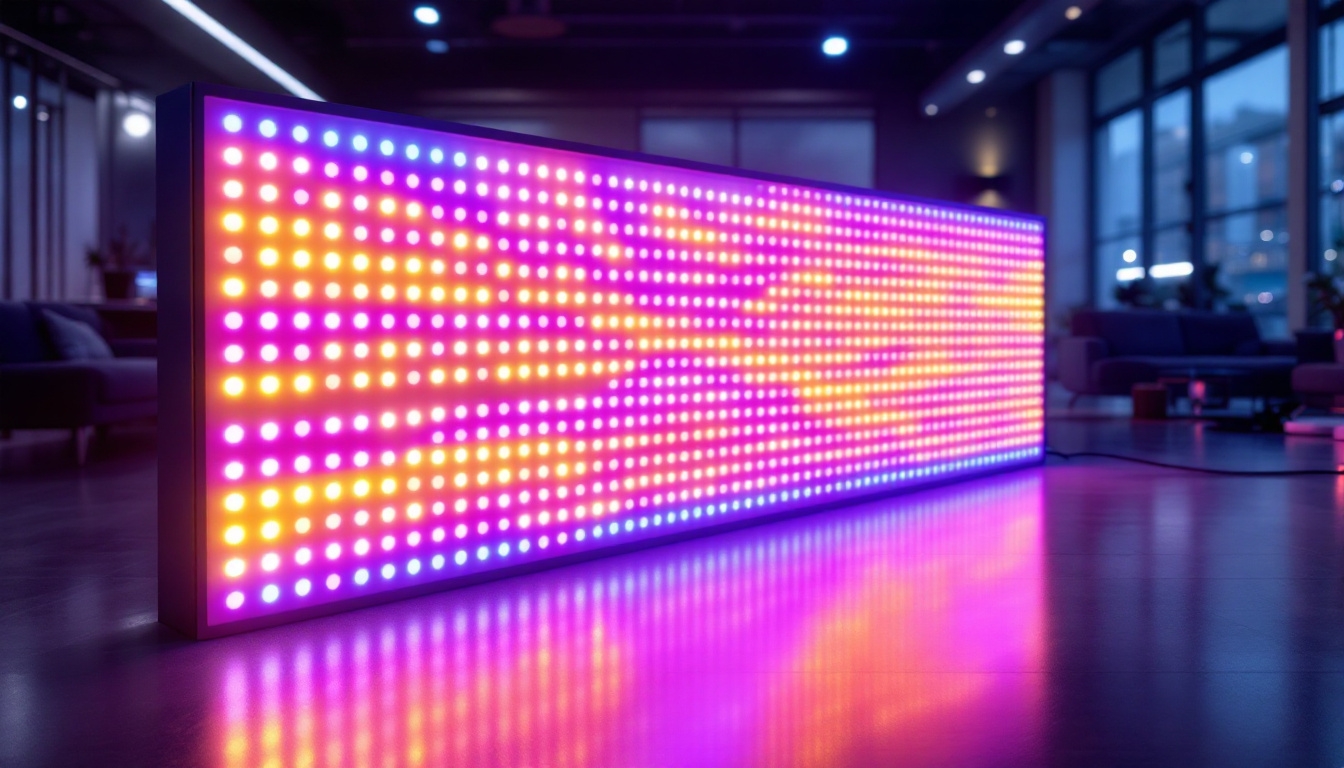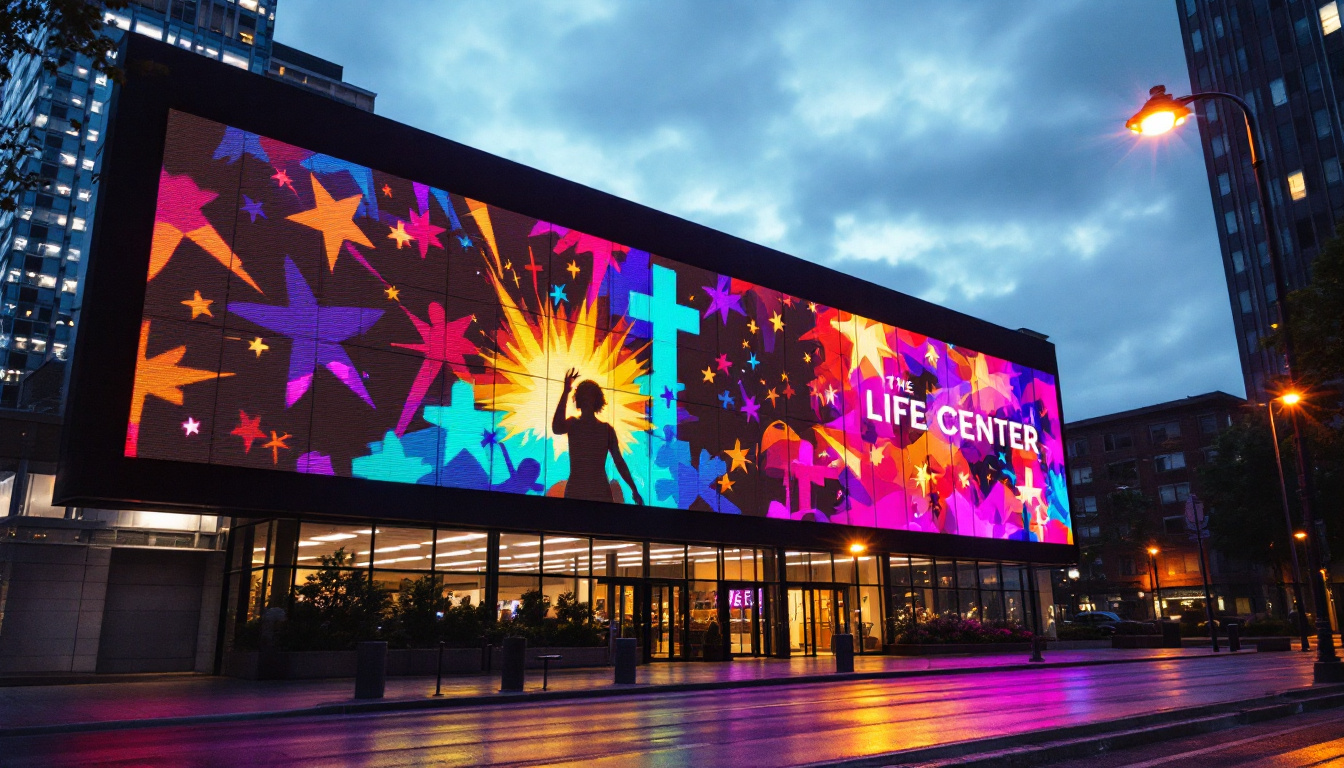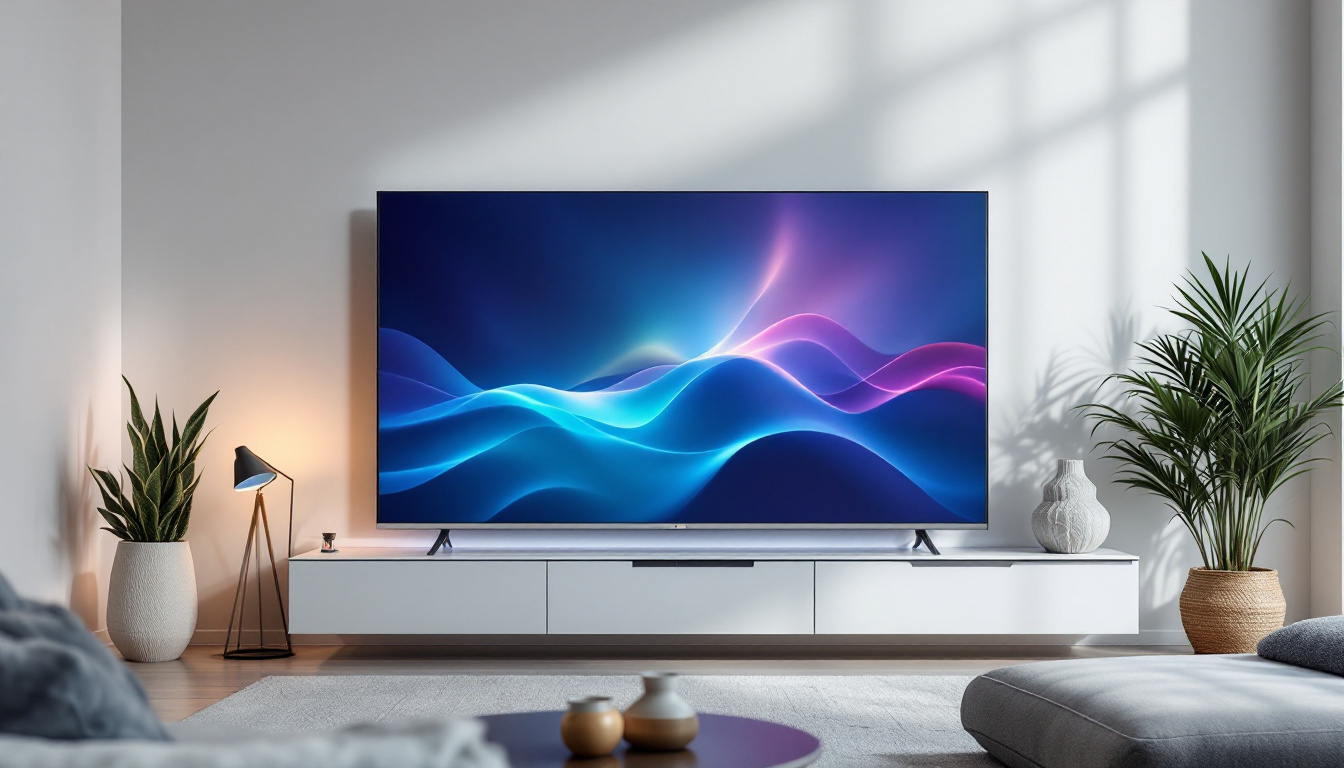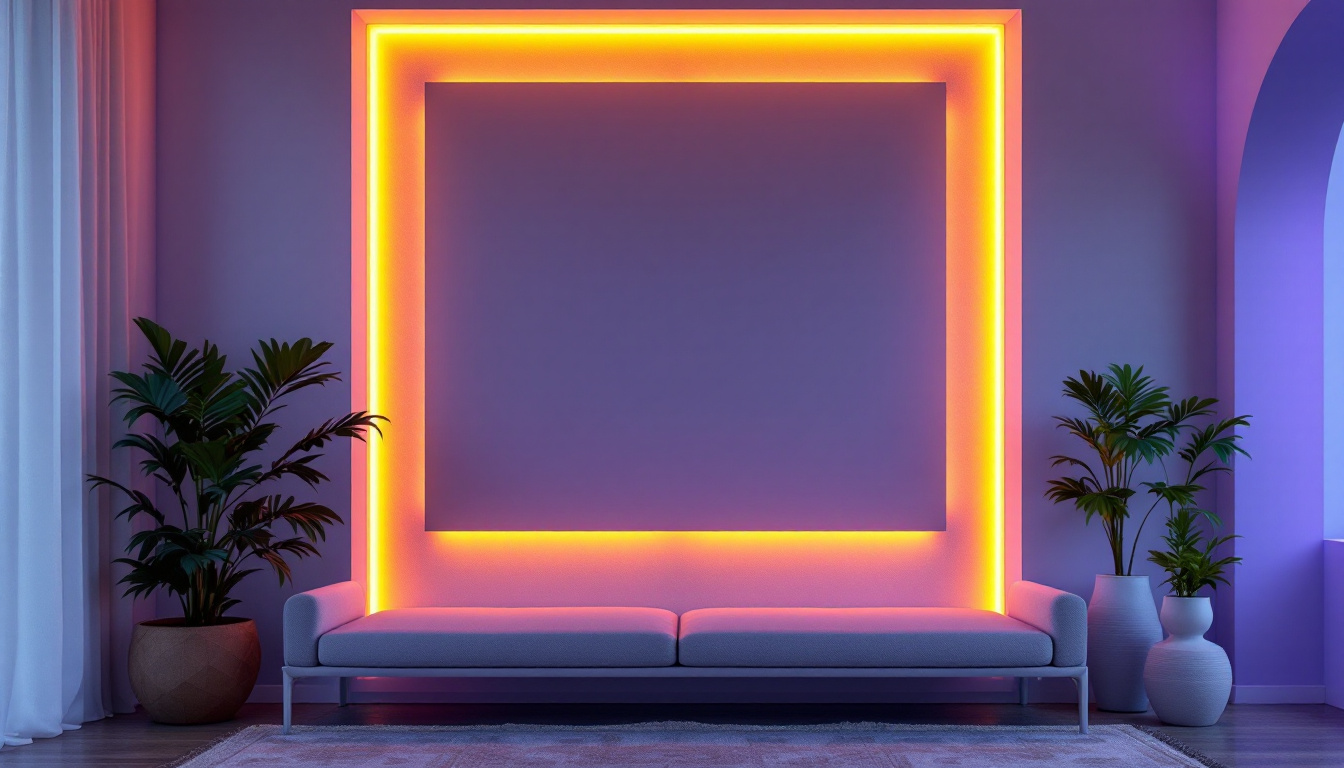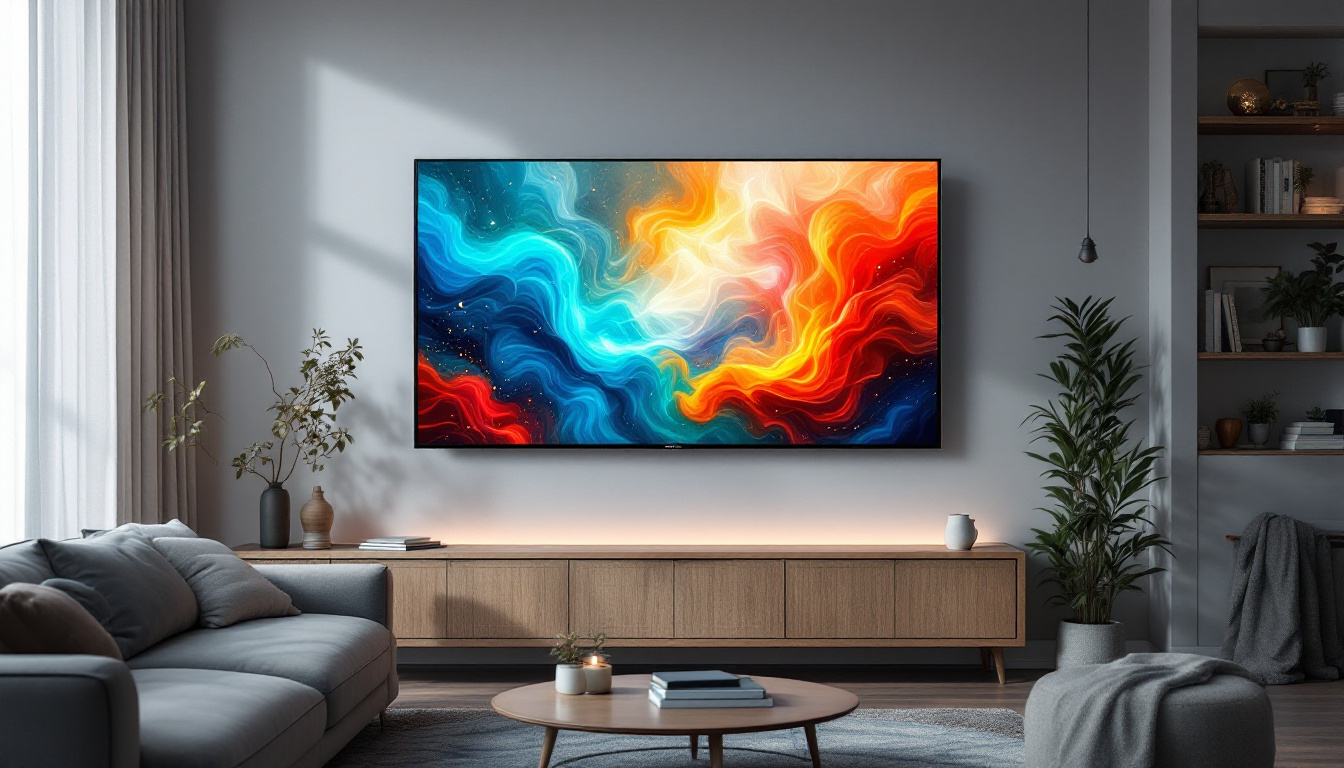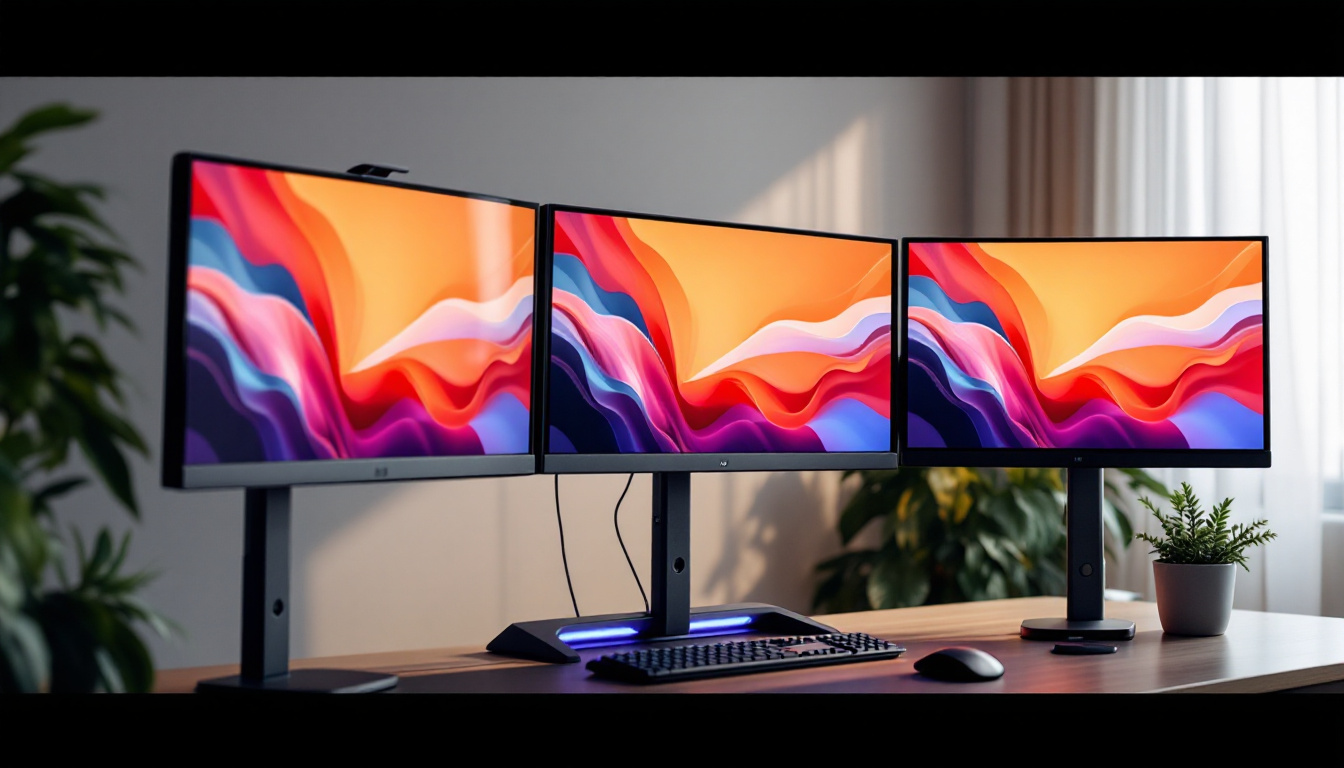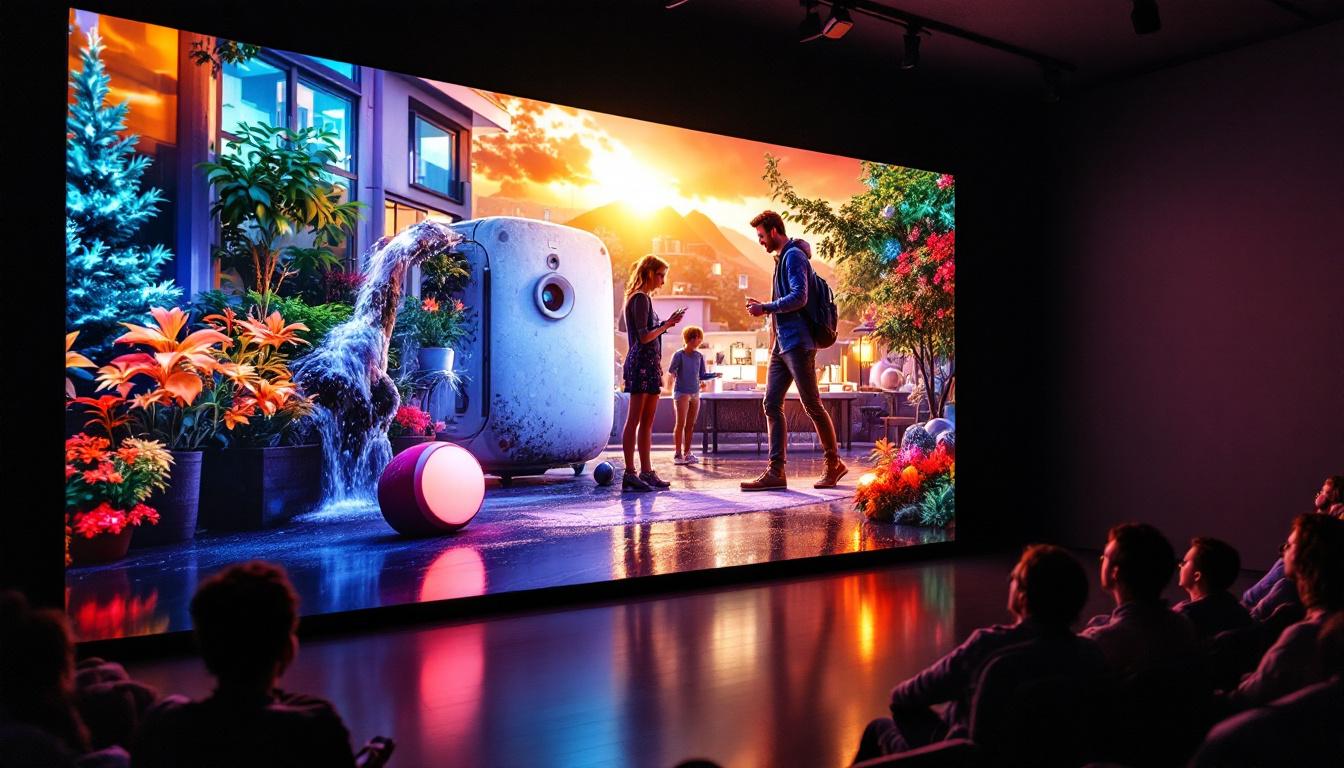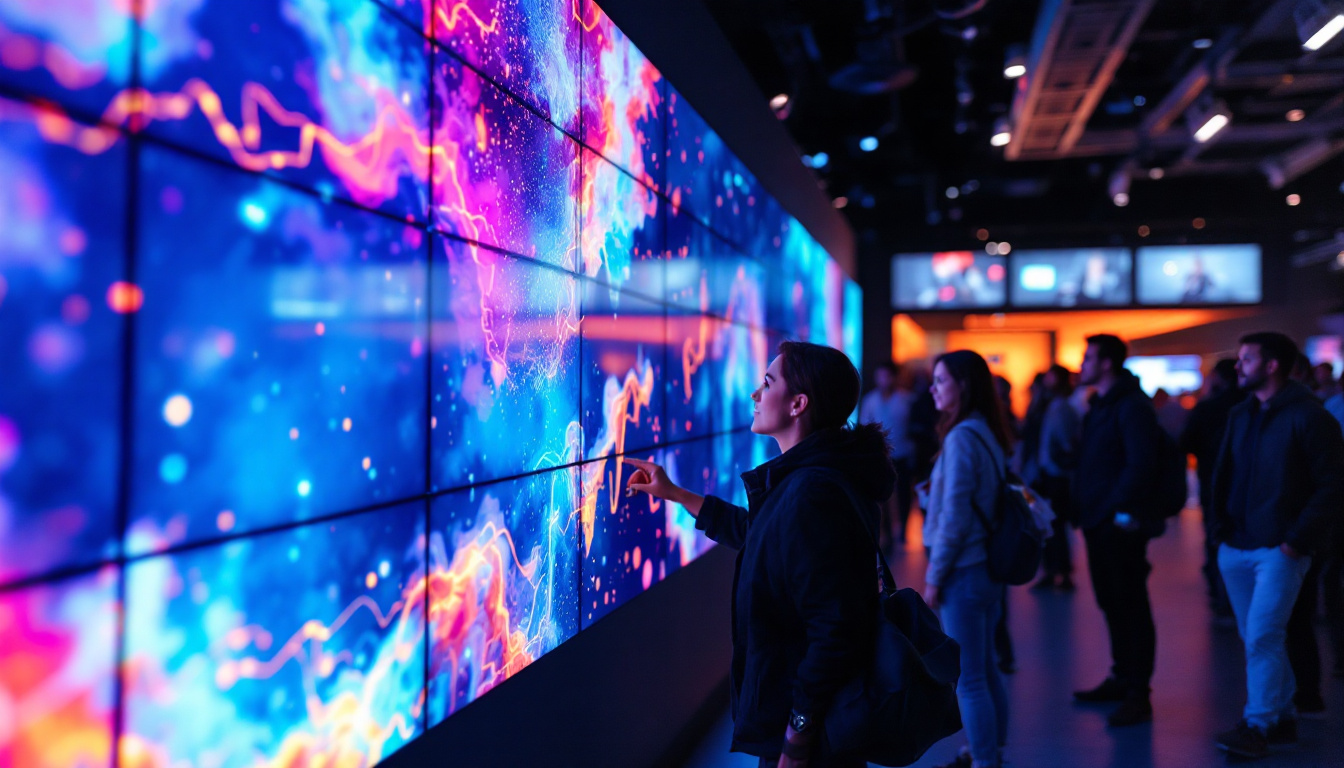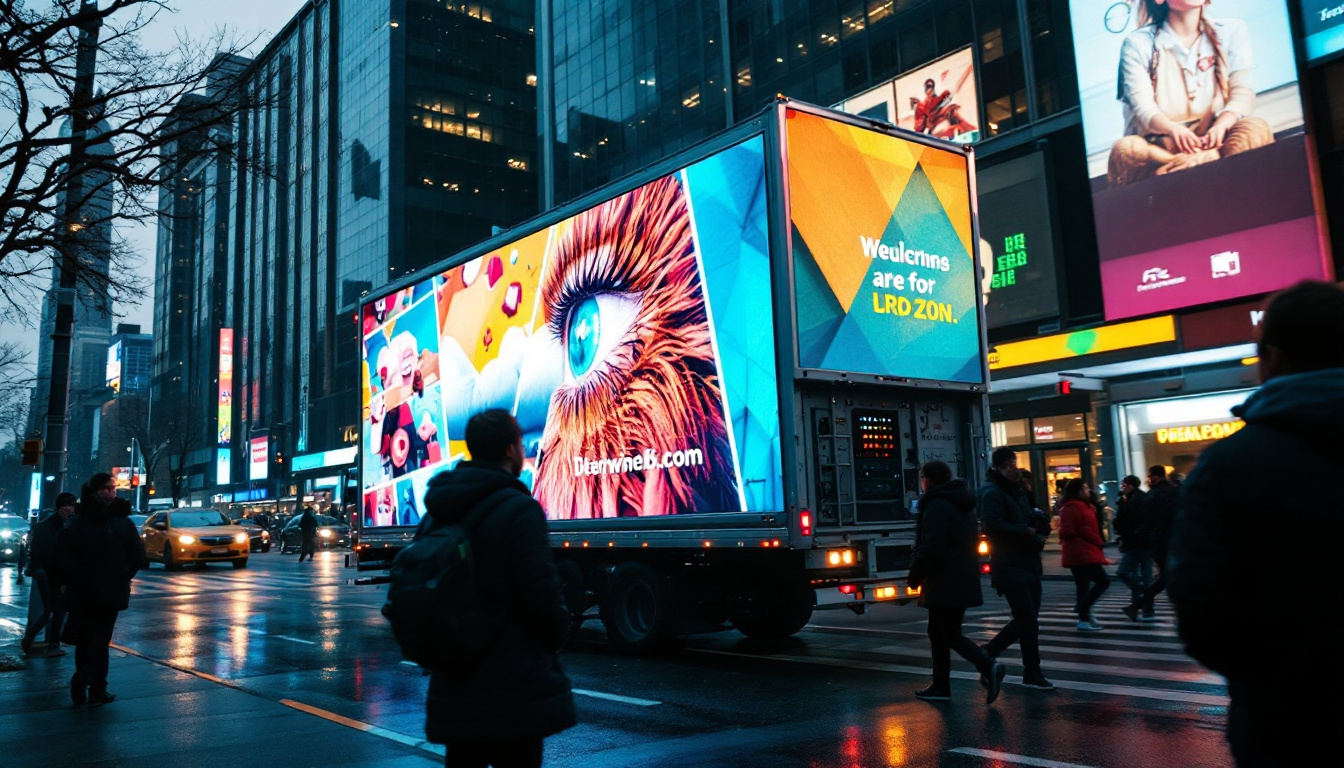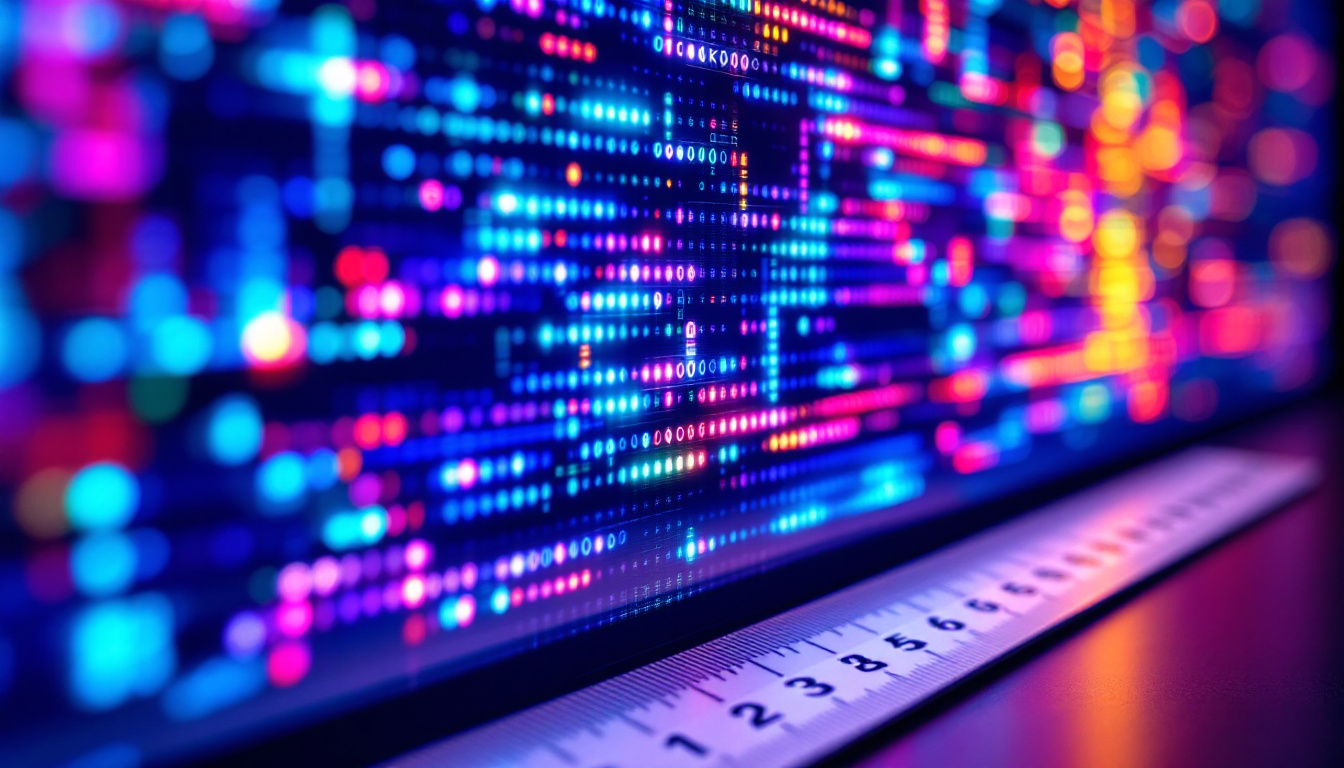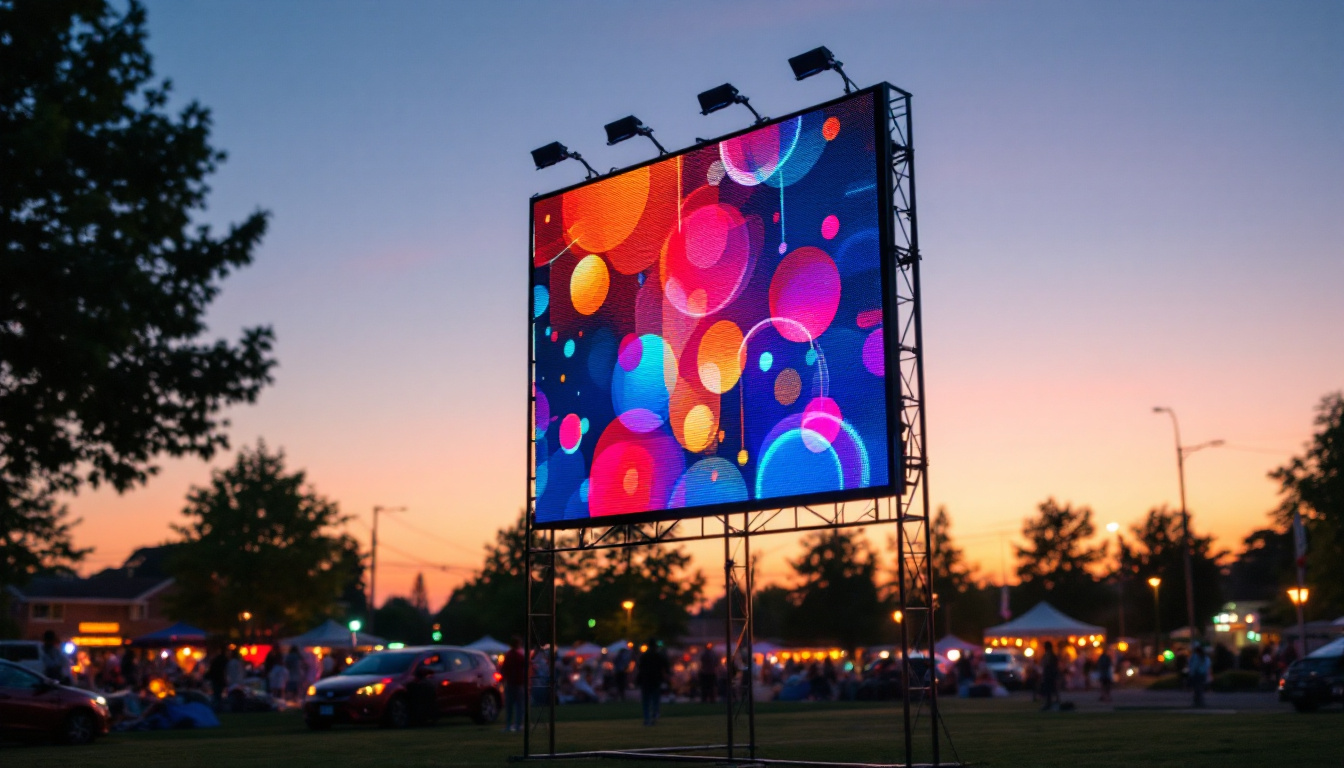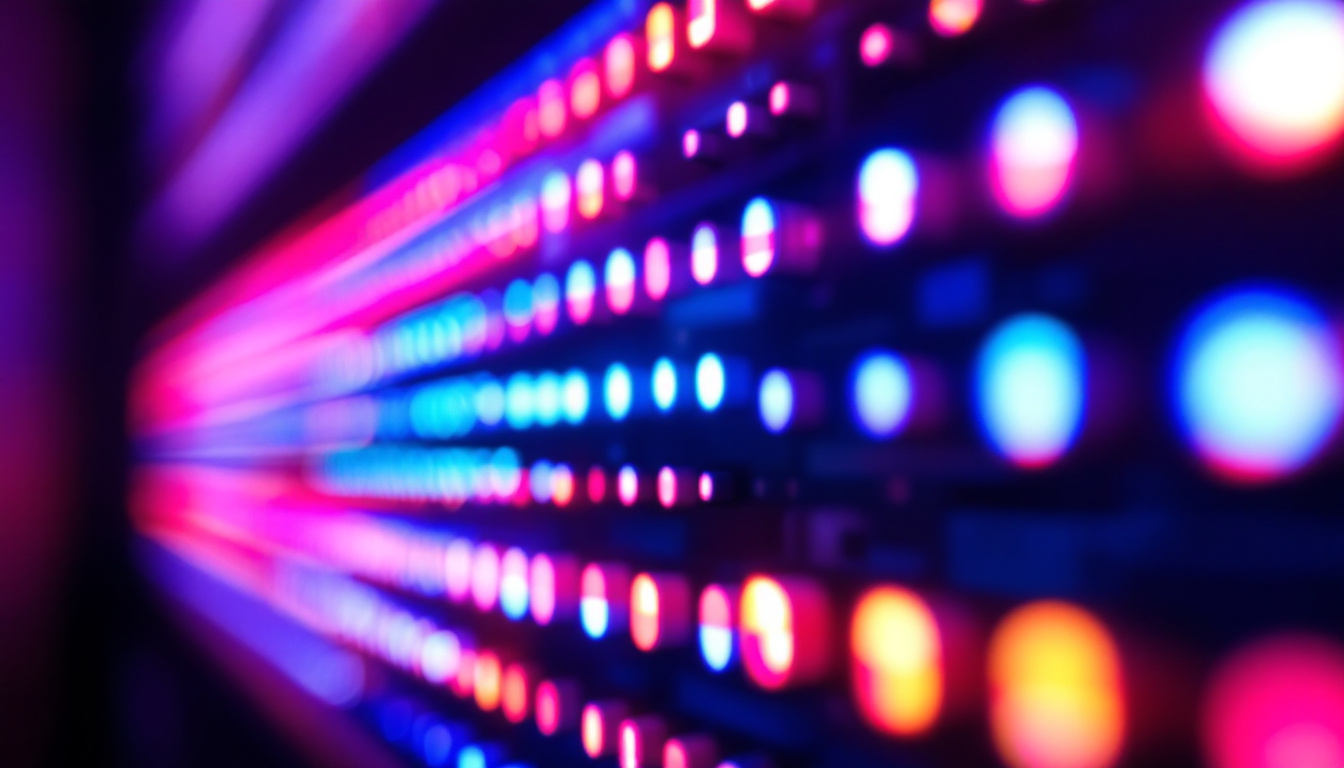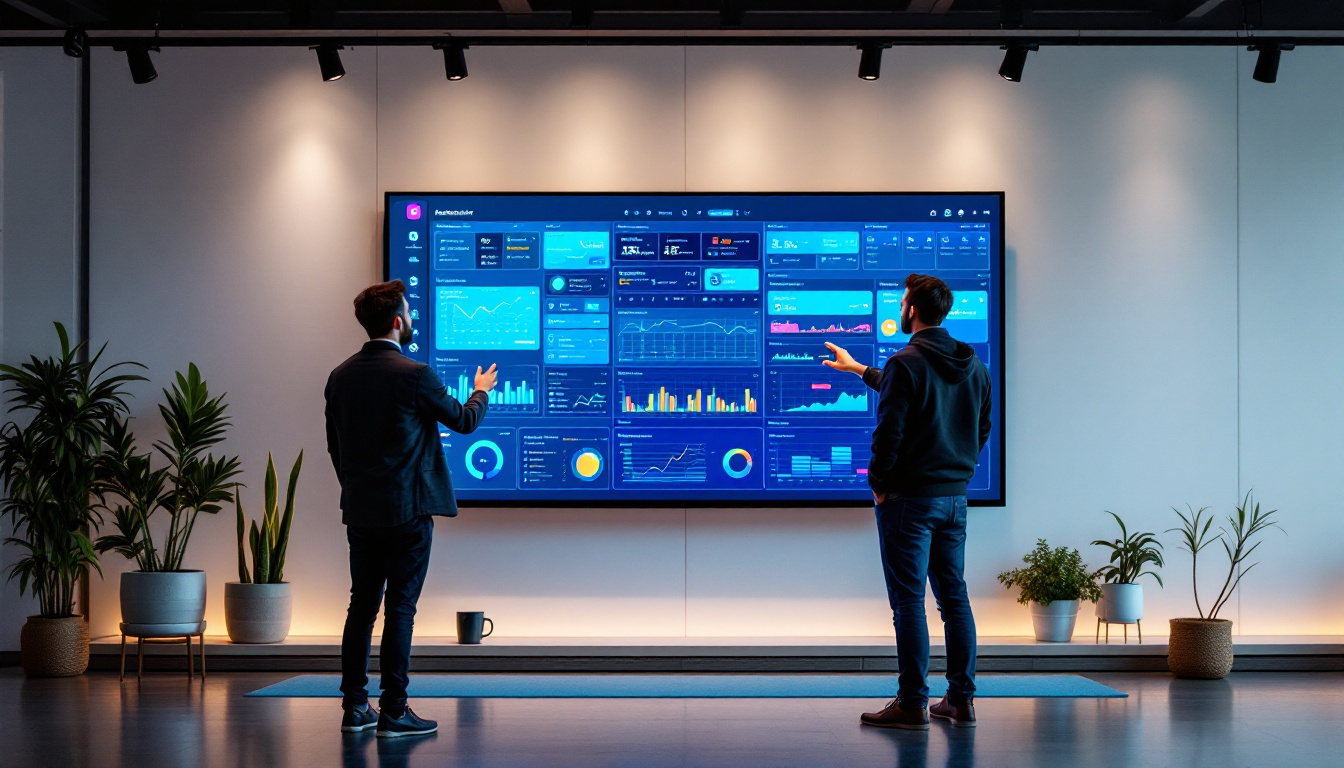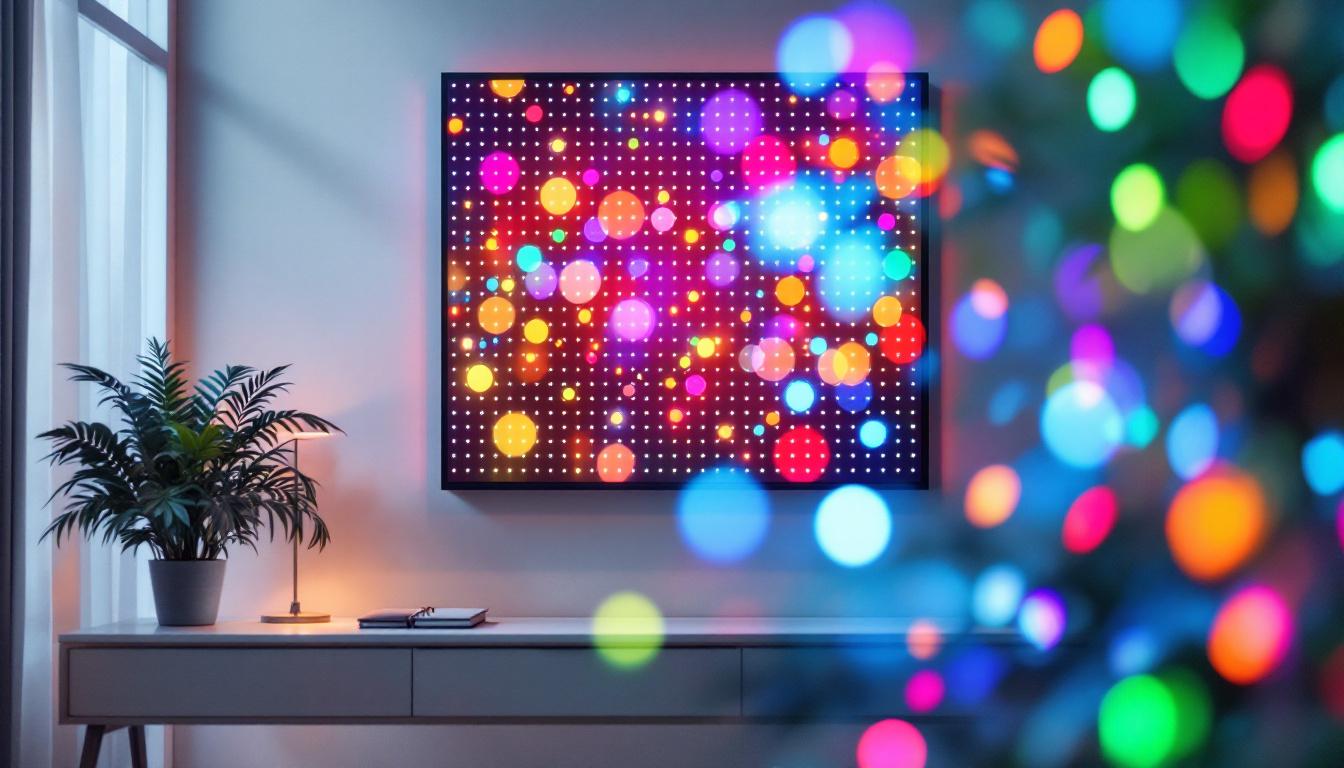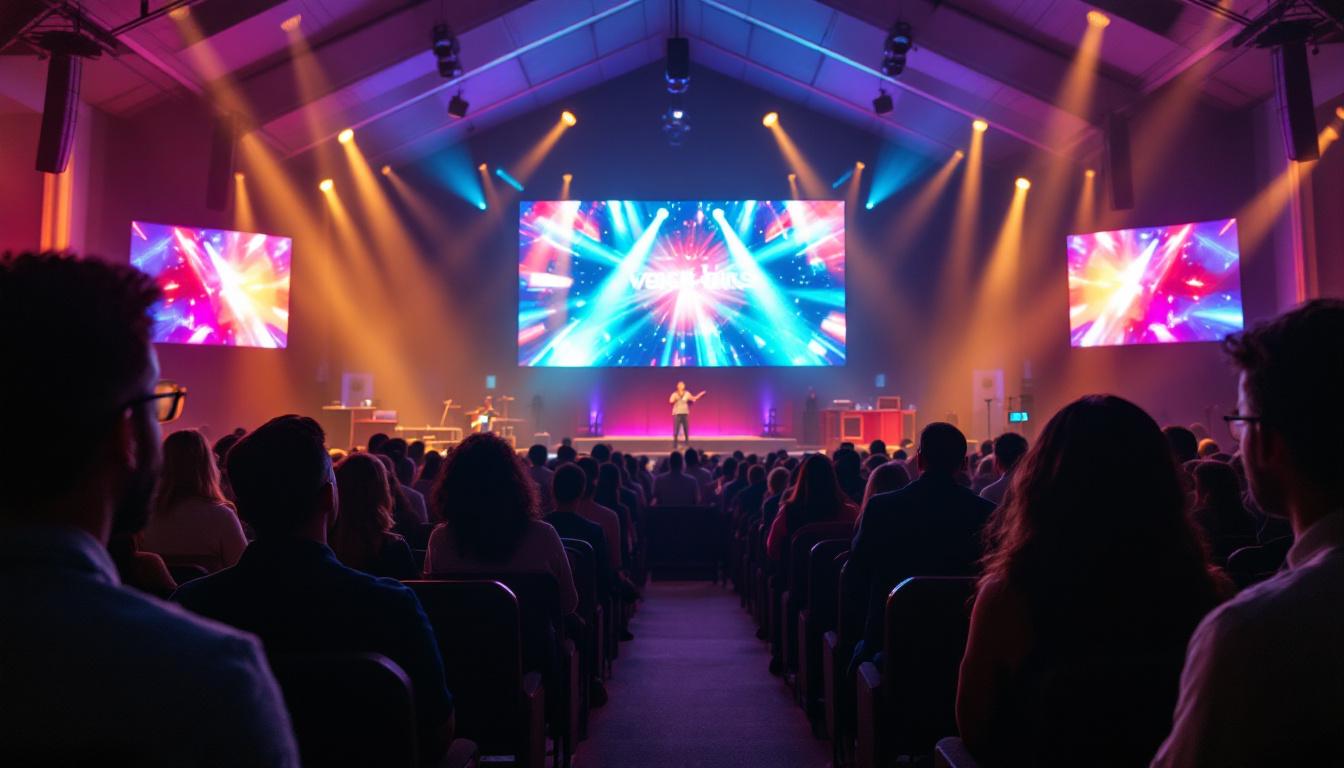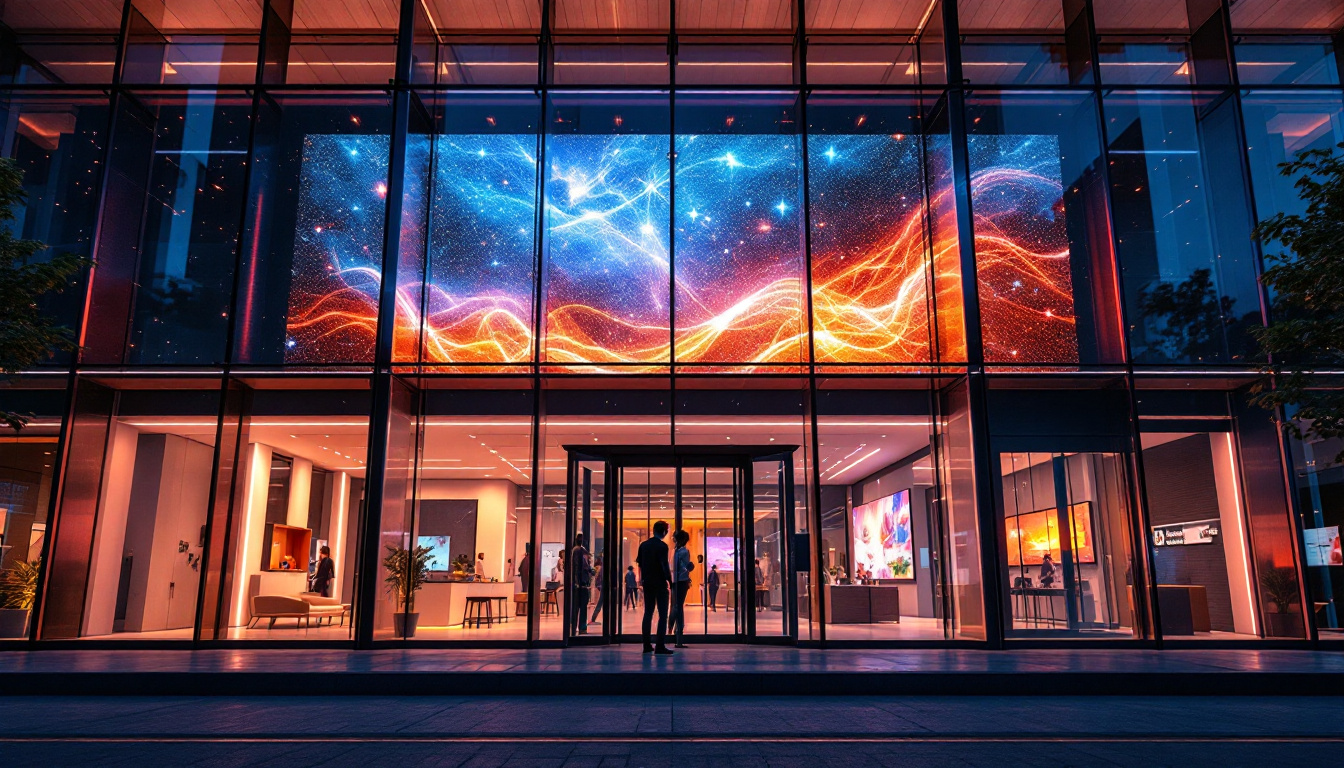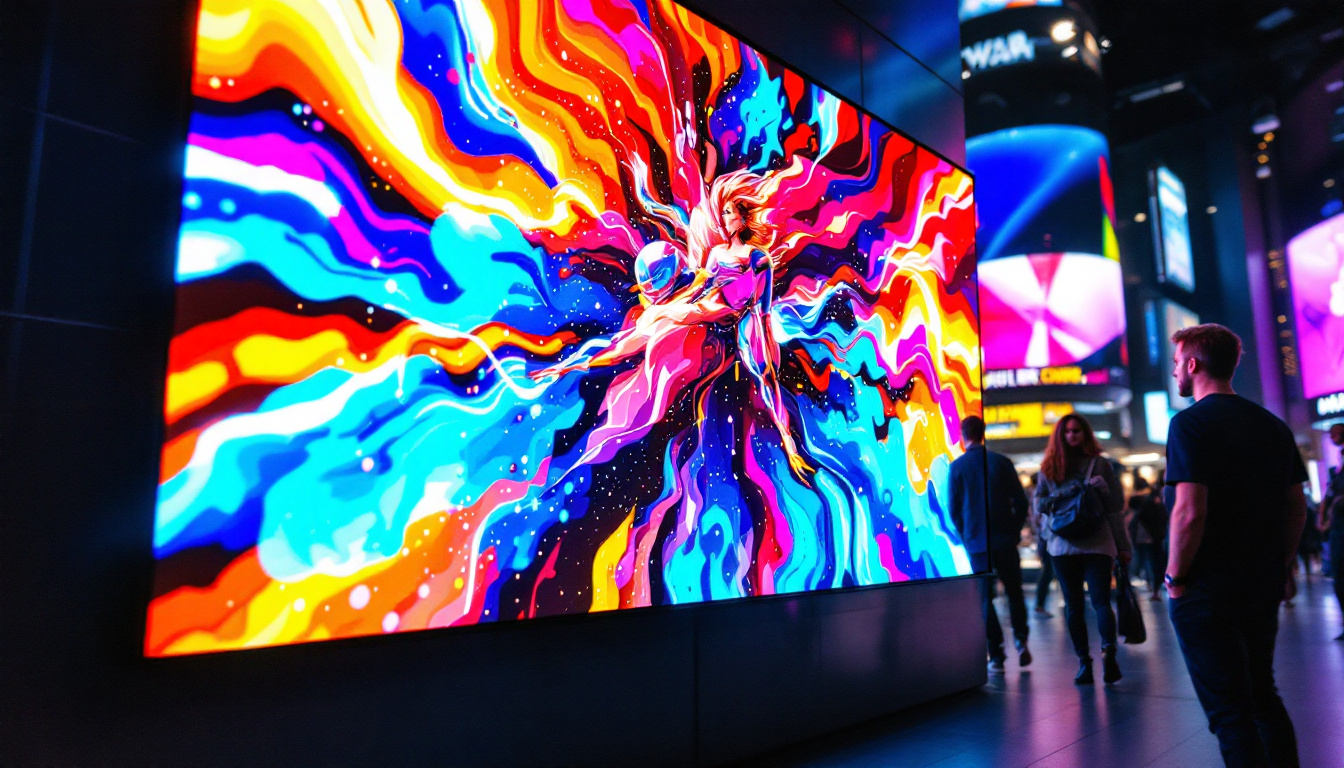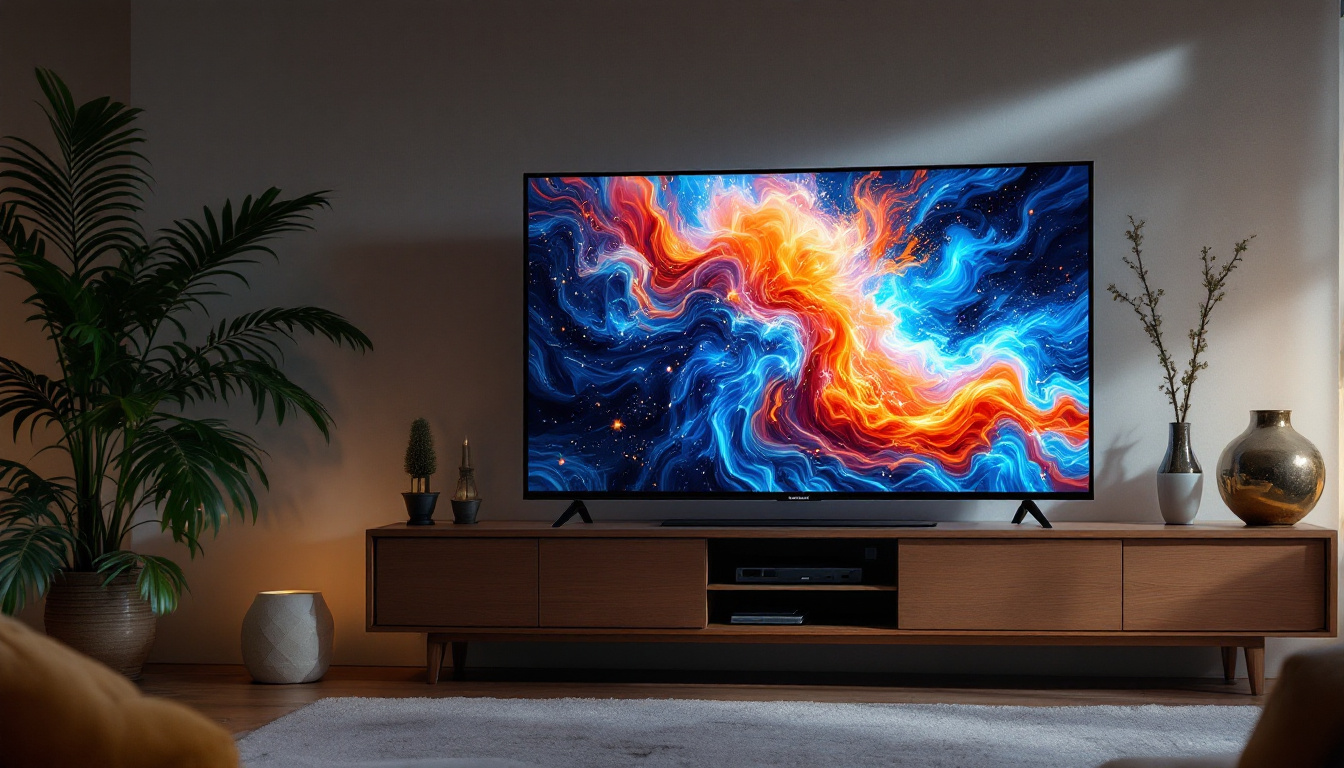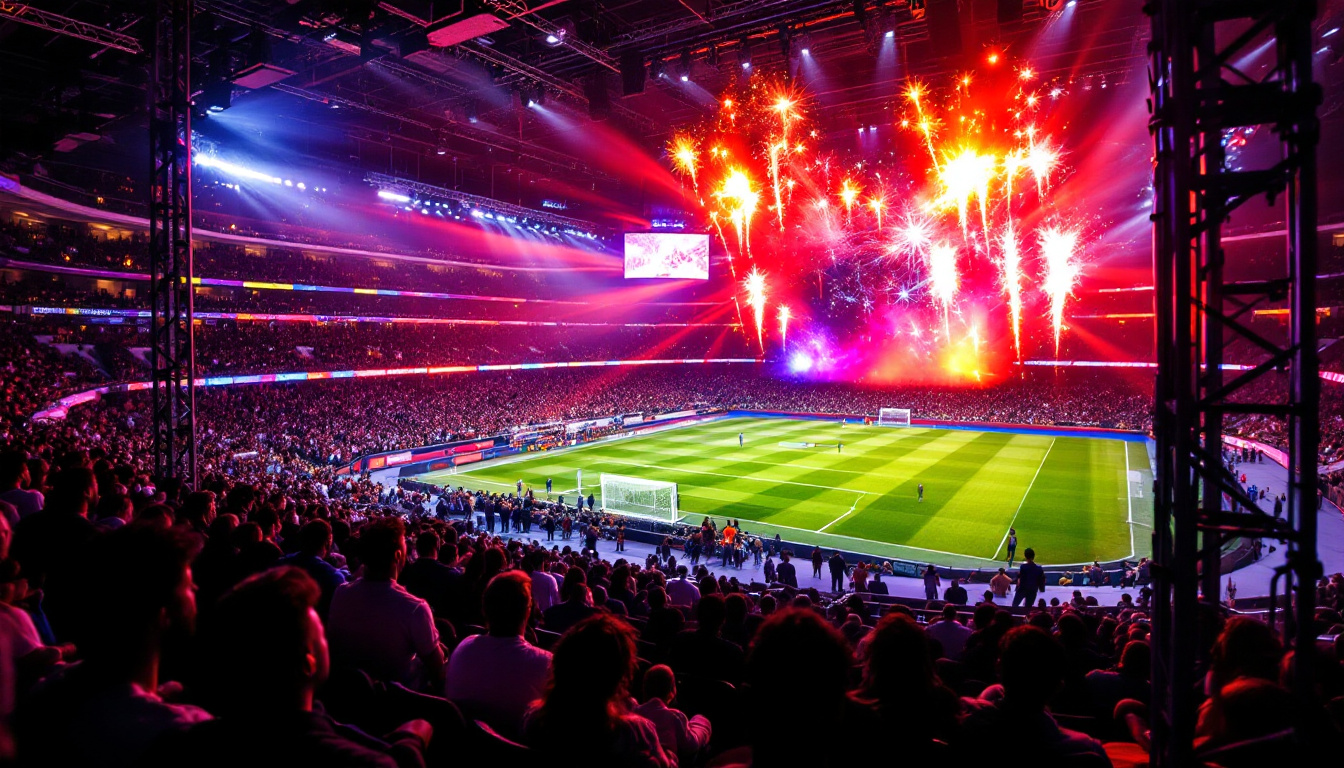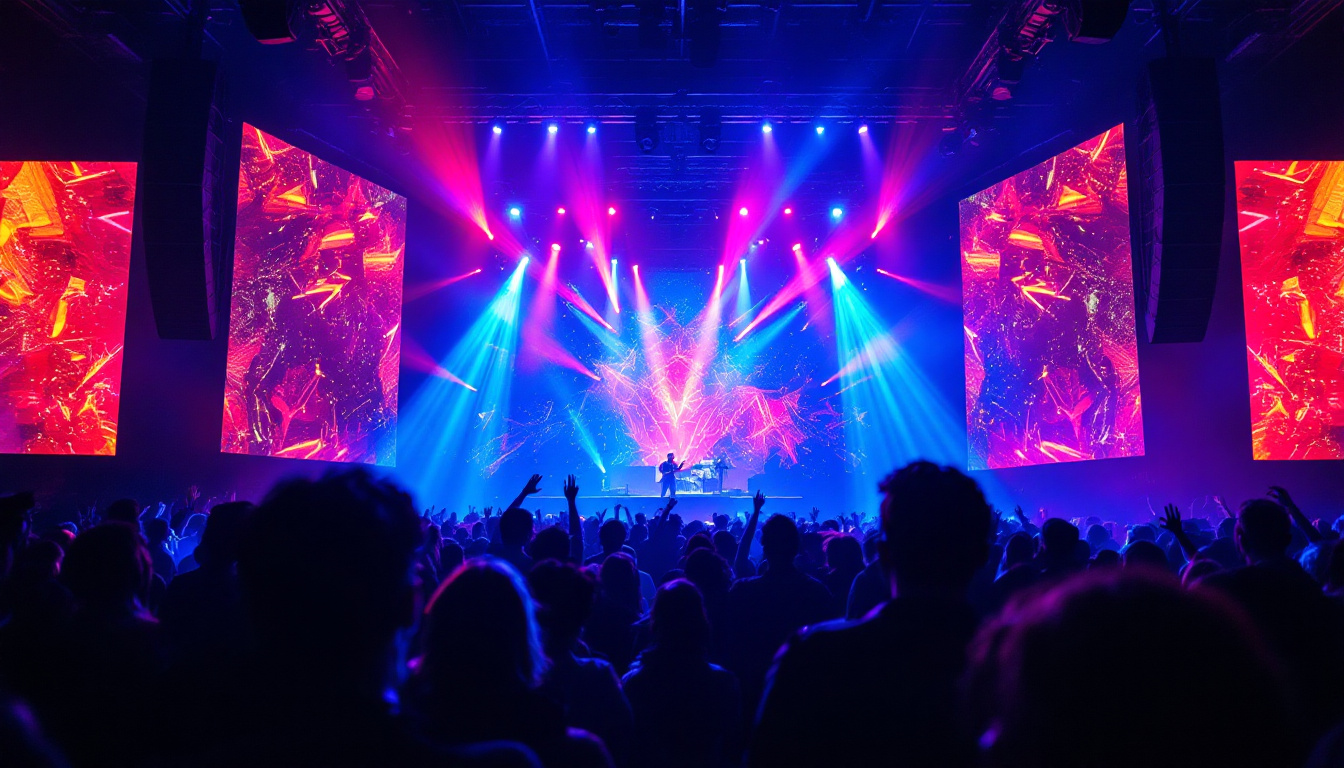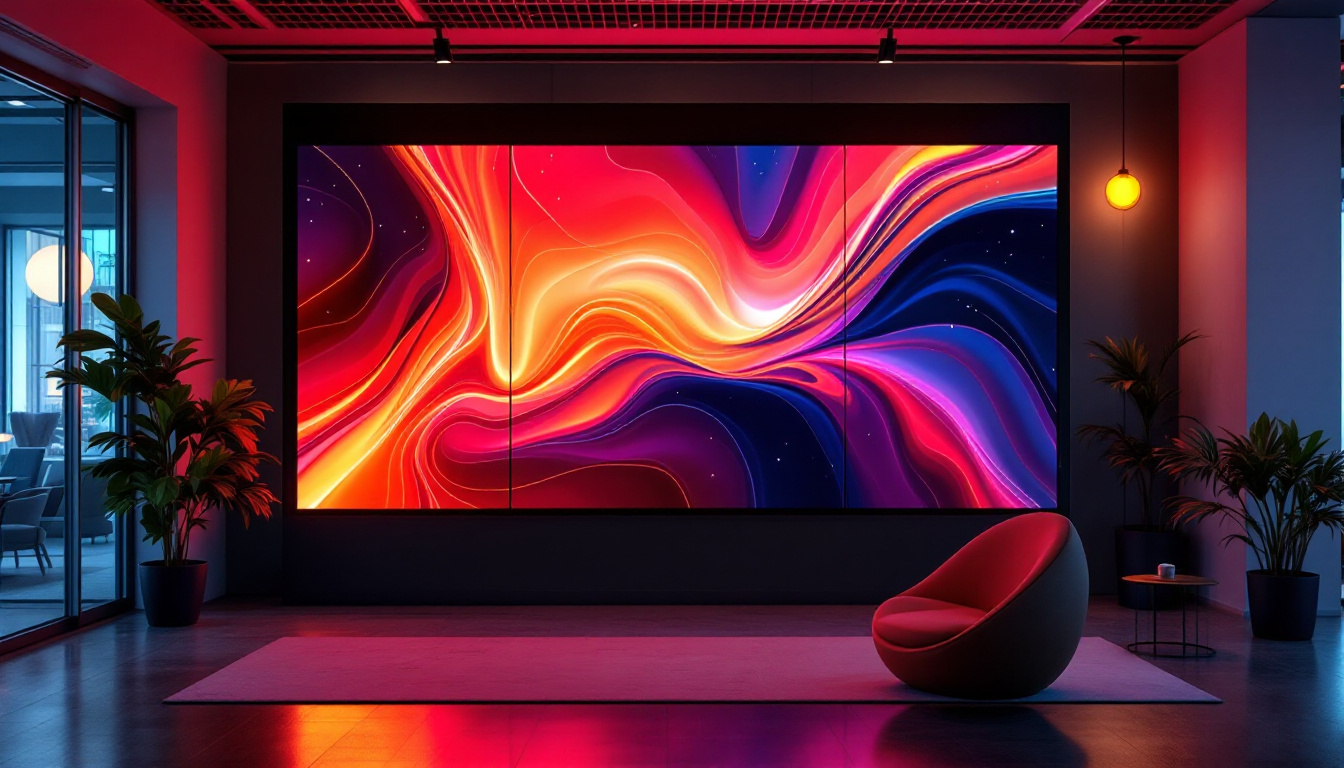In the ever-evolving world of technology, LED displays have emerged as a cornerstone of modern visual communication. From billboards to smartphones, these displays are ubiquitous, offering vibrant colors and high clarity. This article delves into the intricacies of LED displays, exploring their technology, applications, and the future they hold.
Understanding LED Technology
LED, or Light Emitting Diode, is a semiconductor device that emits light when an electric current passes through it. The fundamental principle behind LED technology is electroluminescence, where certain materials emit photons when excited by an electric current. This phenomenon is what makes LED displays not only energy-efficient but also capable of producing a wide range of colors. The efficiency of LEDs is particularly noteworthy; they convert a significant portion of electrical energy into visible light, unlike traditional incandescent bulbs, which waste much of their energy as heat. This efficiency is one reason why LEDs have become the preferred choice for lighting in both residential and commercial settings.
How LED Displays Work
LED displays consist of an array of tiny LEDs arranged in a grid. Each LED can produce different colors by mixing red, green, and blue (RGB) light. By adjusting the intensity of these colors, a full spectrum of hues can be achieved, allowing for the display of intricate images and videos. The versatility of LED technology also extends to its ability to create dynamic visual effects, such as fading, flashing, and color transitions, which can enhance the viewer’s experience in various applications, from advertising to entertainment.
The process begins with a controller that sends signals to the LEDs, determining their brightness and color. This rapid modulation of light creates the illusion of motion and depth, making LED displays particularly effective for video content. Additionally, advancements in LED technology have led to improvements in refresh rates and response times, which are crucial for high-definition video playback. This capability makes LED displays ideal for use in environments where clarity and detail are paramount, such as in concert venues or sports arenas.
Types of LED Displays
There are several types of LED displays, each designed for specific applications. The most common types include:
- Direct View LED Displays: These are used for large outdoor billboards and screens, providing high brightness and visibility even in direct sunlight. Their rugged construction allows them to withstand harsh weather conditions, making them a popular choice for advertising in urban environments.
- LED-backlit LCD Displays: These displays utilize LEDs to illuminate an LCD panel, enhancing color accuracy and energy efficiency. This combination allows for thinner screens and improved contrast ratios, making them suitable for everything from televisions to computer monitors.
- MicroLED Displays: A newer technology where each pixel is an individual LED, offering superior contrast and color performance. MicroLEDs promise to revolutionize display technology by providing higher resolutions and greater flexibility in screen design, paving the way for applications in augmented and virtual reality.
Moreover, the development of flexible LED displays is opening new avenues for creativity in design and functionality. These displays can be bent and shaped to fit unconventional spaces, enabling innovative installations in architecture and art. As the technology continues to evolve, we can expect even more exciting advancements, such as transparent LED screens that can blend seamlessly into their surroundings while still delivering vibrant visuals.
Applications of LED Displays
The versatility of LED displays has led to their adoption across various industries. From advertising to entertainment, their applications are vast and varied.
Advertising and Marketing
One of the most prominent uses of LED displays is in advertising. digital billboards and signage allow businesses to showcase their products dynamically. The ability to change content in real-time enables marketers to tailor messages based on time, audience, and location, significantly enhancing engagement.
Moreover, the brightness and clarity of LED displays ensure that advertisements are eye-catching, even from a distance. This capability is particularly beneficial in urban environments where competition for attention is fierce. With the integration of advanced analytics, businesses can also track the effectiveness of their campaigns, adjusting strategies on-the-fly to maximize impact and return on investment. This data-driven approach is revolutionizing how brands connect with consumers, making every impression count.
Entertainment and Events
In the entertainment industry, LED displays have transformed the way audiences experience live events. Concerts, sports games, and festivals utilize large LED screens to enhance the visual experience. These displays can show close-up shots of performers, graphics, and even interactive content, creating a more immersive environment for attendees.
Additionally, LED technology is prevalent in theaters and cinemas, where it enhances the viewing experience with vibrant colors and sharp images. As technology advances, the integration of LED displays in entertainment continues to expand, pushing creative boundaries. For instance, innovative uses such as augmented reality overlays on LED screens are becoming increasingly popular, allowing for a blend of physical and digital experiences that captivate audiences in unprecedented ways. This fusion of technology and creativity not only entertains but also engages viewers on a deeper level, making events memorable.
Corporate and Educational Use
In corporate settings, LED displays serve multiple functions, from presentations to digital signage. They facilitate clear communication of information, making meetings more engaging and effective. In educational institutions, LED displays are increasingly used in classrooms to present interactive lessons, enhancing student participation and learning outcomes.
The adaptability of LED displays makes them suitable for various environments, from boardrooms to lecture halls, ensuring that information is conveyed effectively and attractively. Furthermore, the integration of touch-screen capabilities with LED technology fosters a more interactive learning atmosphere, allowing students to engage directly with the content. This hands-on approach not only aids retention but also encourages collaboration among peers, as they can work together on projects displayed on large screens. As educational methodologies evolve, the role of LED displays in fostering an interactive and dynamic learning environment will undoubtedly continue to grow, paving the way for future innovations in teaching and corporate training.
Advantages of LED Displays
LED displays offer numerous advantages over traditional display technologies. Their unique characteristics make them a preferred choice for many applications.
Energy Efficiency
One of the most significant benefits of LED displays is their energy efficiency. Compared to older technologies like incandescent or fluorescent displays, LEDs consume significantly less power. This not only reduces operational costs but also contributes to environmental sustainability.
With advancements in technology, manufacturers are continually improving the energy efficiency of LED displays, making them an even more attractive option for businesses and consumers alike.
Longevity and Durability
LED displays are known for their long lifespan, often lasting tens of thousands of hours. This durability reduces the need for frequent replacements, making them a cost-effective investment in the long run. Additionally, LED displays are less prone to damage from shocks and vibrations, making them suitable for outdoor and high-traffic environments.
High Brightness and Contrast
The brightness of LED displays is another critical advantage. They can produce vibrant colors and sharp images, even in bright daylight. This capability is particularly important for outdoor applications where visibility is paramount. Furthermore, the high contrast ratio of LED displays enhances image quality, providing deeper blacks and brighter whites, which improves the overall viewing experience.
Challenges and Considerations
Despite their many advantages, LED displays are not without challenges. Understanding these can help users make informed decisions regarding their implementation.
Initial Costs
The initial investment for LED displays can be higher than traditional display technologies. While the long-term savings in energy and maintenance costs can offset this, the upfront expenditure may deter some businesses, especially small enterprises. It is essential to weigh the benefits against the costs to determine the feasibility of investing in LED technology.
Color Calibration and Maintenance
Maintaining color accuracy in LED displays can be challenging. Over time, individual LEDs may degrade at different rates, leading to color inconsistencies. Regular calibration and maintenance are necessary to ensure that the display maintains its intended visual quality. This requirement can add to the overall operational costs and complexity of managing LED displays.
Environmental Impact
While LED displays are more energy-efficient than many alternatives, they are not entirely without environmental concerns. The production and disposal of electronic components can contribute to electronic waste. As such, it is crucial for manufacturers and consumers to consider sustainable practices, such as recycling and responsible disposal, to minimize the environmental footprint of LED technology.
The Future of LED Displays
The future of LED displays looks promising, with ongoing advancements in technology and applications. As research continues, several trends are emerging that may shape the landscape of LED displays in the coming years.
Advancements in MicroLED Technology
MicroLED technology is at the forefront of innovation in the display industry. By utilizing smaller individual LEDs, MicroLED displays promise to deliver even greater contrast ratios, improved color accuracy, and reduced energy consumption. This technology has the potential to revolutionize everything from televisions to mobile devices, offering users an unparalleled viewing experience.
Integration with Smart Technology
As smart technology becomes increasingly prevalent, the integration of LED displays with IoT (Internet of Things) devices is expected to grow. This integration will allow for more interactive and personalized experiences, where displays can adapt to user preferences and environmental conditions. For instance, smart LED displays in homes could adjust brightness based on the time of day or user activity.
Flexible and Transparent Displays
Another exciting development is the emergence of flexible and transparent LED displays. These innovations open up new possibilities for design and application, allowing displays to be integrated into various surfaces, from windows to clothing. As this technology matures, it could redefine how consumers interact with visual content in their everyday lives.
Conclusion
LED displays have undoubtedly transformed the way information is communicated and experienced. Their energy efficiency, longevity, and vibrant display capabilities make them a preferred choice across various industries. While challenges exist, ongoing advancements in technology promise to address these issues and expand the potential applications of LED displays.
As the world becomes increasingly visual, the role of LED displays will only continue to grow, shaping the future of communication, entertainment, and beyond. Embracing this technology not only enhances visual experiences but also contributes to a more sustainable and connected world.
Explore Cutting-Edge LED Display Solutions
As you consider the transformative impact of LED displays on communication and entertainment, take the next step with LumenMatrix. Our commitment to innovation positions us at the forefront of LED display technology, offering a diverse range of products from Indoor and Outdoor LED Wall Displays to specialized solutions like Vehicle LED Displays, LED Sports Displays, and even Custom LED Displays. Embrace the future with LumenMatrix and create unforgettable visual experiences that captivate and engage. Check out LumenMatrix LED Display Solutions and see how our advanced technology can elevate your brand and message.

